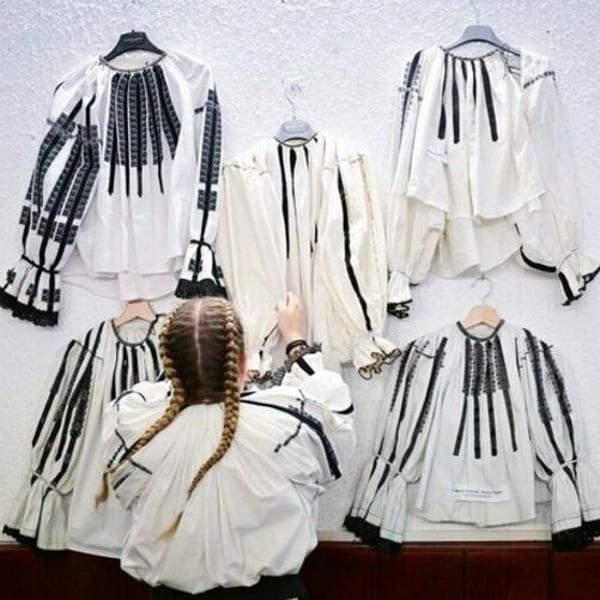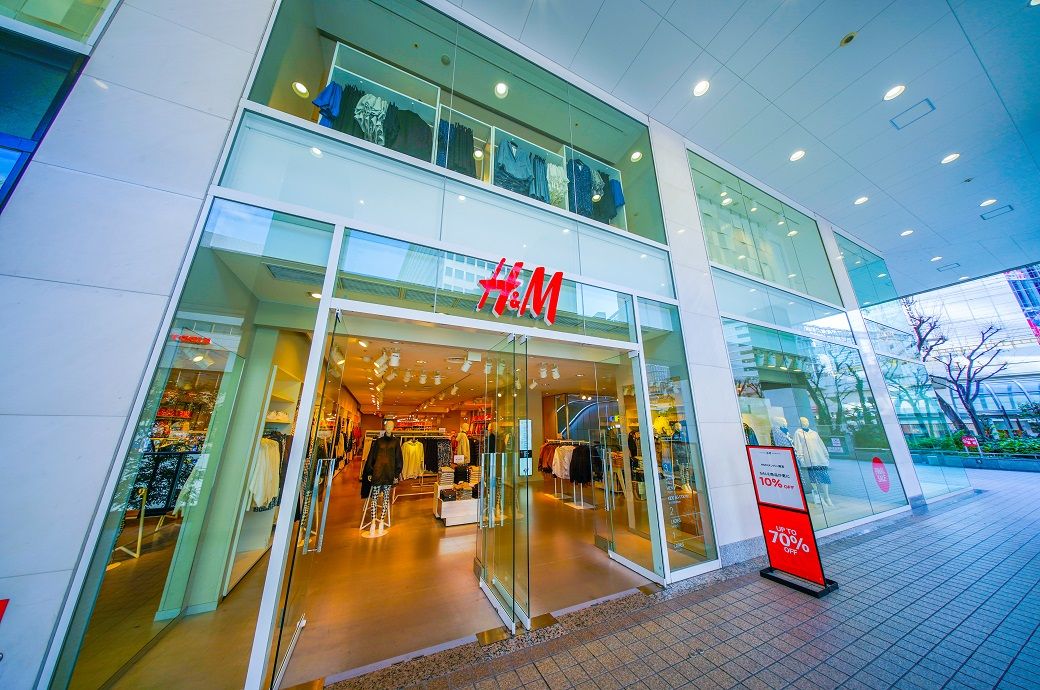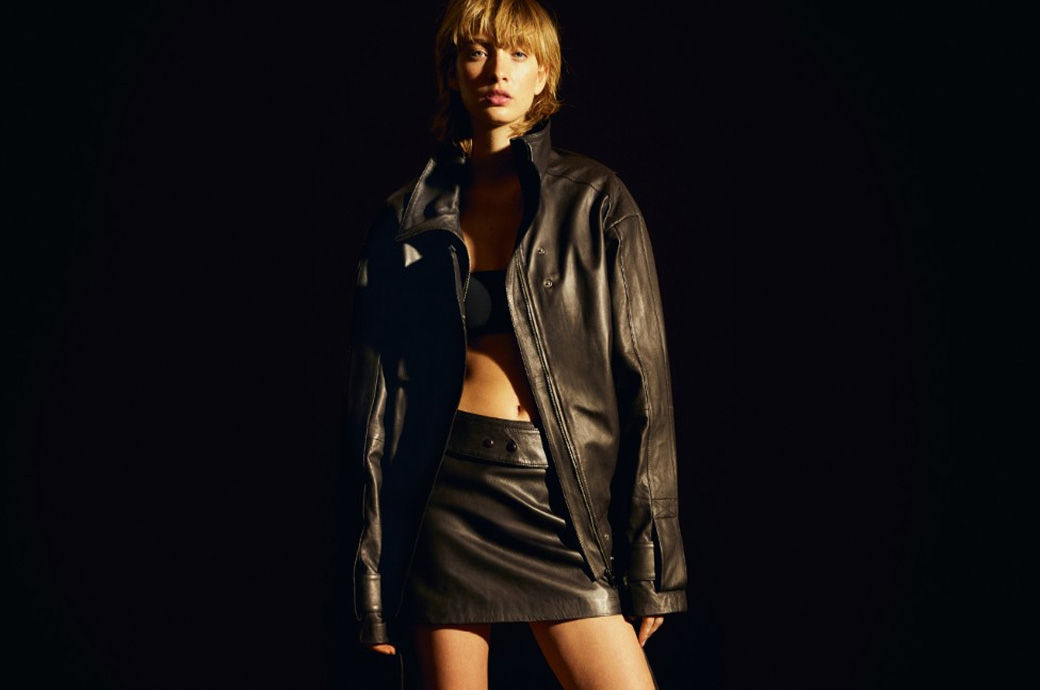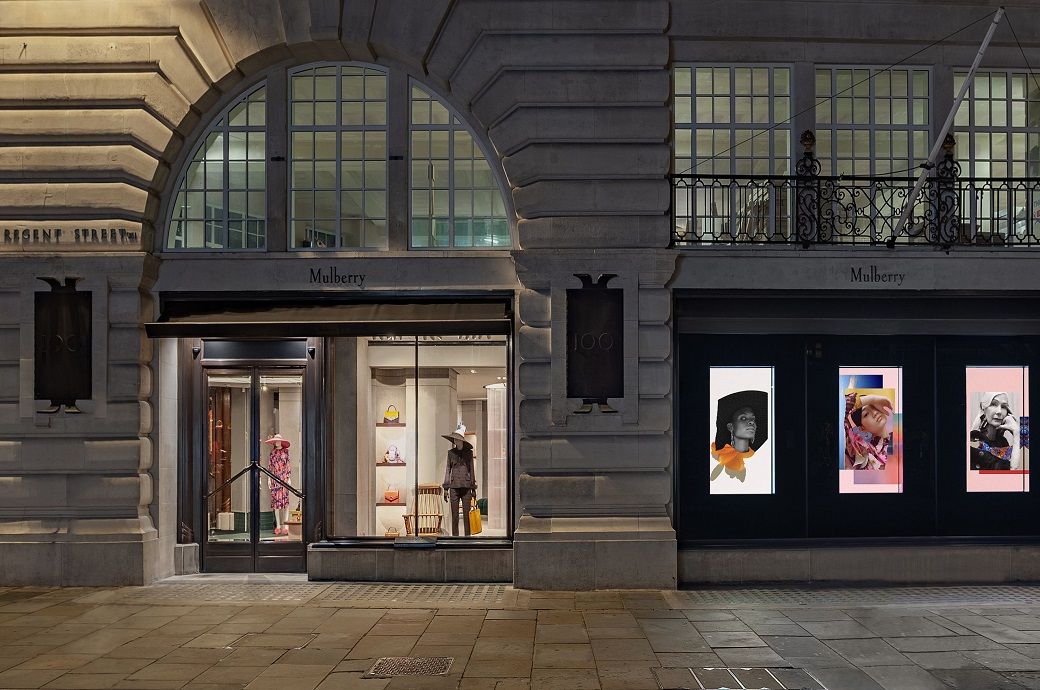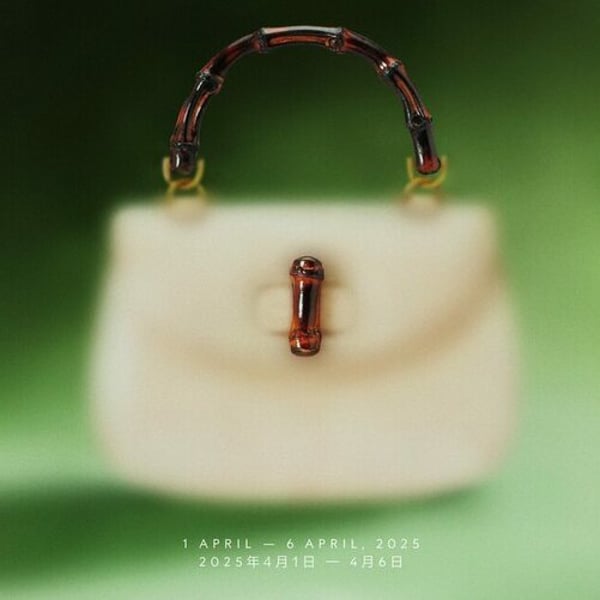By
AFP
Published
July 11, 2024
The inhabitants of Vaideeni, at the foot of the Carpathian Mountains in Romania, are furious with French luxury brand Louis Vuitton for “stealing” the design of their traditional blouse.
Maria Gioanca, 69, one of two dozen women who still hand-stitch the black-and-white garment in the village, told AFP she “will not let them steal her suit” to make stylish beachwear.
Calls for luxury brands to acknowledge the inspirations behind their designs have grown in recent years as the fashion industry has faced accusations of cultural appropriation and exploitation of minority groups' heritage.
In Romania, activist group La Blouse Roumaine (The Romanian Blouse) has been calling on brands since 2017 to be honest and “give credit” to places of origin when their garments are similar to or inspired by Romanian folk costumes.
Dedicated to promoting the traditional “ie” blouse, known for inspiring fashion designers such as Yves Saint-Laurent, Jean Paul Gaultier and Kenzo, their complaints have produced mixed results.
Violating cultural rights
At Vaideeni, many of the seamstresses had never heard of Louis Vuitton, but immediately noticed the similarity to their traditional “ie” blouses when they saw a photo of the French brand’s white linen blouse embroidered with black motifs for its new “LV by the Pool” collection.
“Why make fun of our stuff?” said Ioana Staniloiu, 76, mocking the blouse created by star designer Nicolas Ghesquiere and advertised on Louis Vuitton's website as “airy” and with “a fresh, bohemian look.”
“Next to our blouse, it's ugly,” she said.
Accusing the French company of “violating the cultural rights of communities”, La Blouse Roumaine founder Andreea Tanasescu said people were offended that a blouse traditionally worn on special occasions was being used as beachwear.
“You have to be very careful… It's better to go and talk to the community, spend time there,” the 49-year-old former casting director told AFP, adding that fashion could help “protect and promote cultural heritage” if there was an exchange.
Romania's culture minister asked the company last month to recognize the heritage.
Louis Vuitton declined to comment when contacted by AFP, but confirmed media reports that it had apologized to Romania and stopped selling the blouse.
It no longer appears on the brand's website and 20 unsold blouses have reportedly been set aside.
Fear for the future
In the past, La Blouse Roumaine convinced American designer Tory Burch to change the description of a coat to mention its Romanian inspiration. They received no response from Dior in a similar case.
Traditional Romanian garments and fabrics have “an exceptional and special aesthetic,” according to textile specialist Florica Zaharia, highlighting the “discretion and elegance” of the blouse.
“There is a beauty that we cannot ignore,” said Zaharia, who opened Romania's first textile museum in 2018 after nearly 30 years working at New York's Metropolitan Museum of Art.
But critics say these controversies do little to help communities save their dying crafts.
“It's like 'airing dirty laundry in public,'” said Horatiu Ilea, curator of the Romanian Peasant Museum, adding that “the only thing” that could help is for young people to learn the trades.
Although the making of the Romanian blouse was added to UNESCO's list of intangible cultural heritage in 2022, there is no patent for it and there are different styles even among the same group of seamstresses.
In Vaideeni, some women have recently taken up the trade they learned from their elders, but it is not easy.
It takes at least a month to sew a blouse that sells for around 300 to 400 euros ($320-$430), and they don't exactly sell like hotcakes.
“I'm a little scared (for the future), but we won't give up here,” said Staniloiu, whose daughter and four granddaughters left the village to find work elsewhere.
Copyright © 2024 AFP. All rights reserved. All information appearing in this section (press releases, photographs, logos) is protected by the intellectual property rights of Agence France-Presse. Consequently, the content of this section may not be copied, reproduced, modified, transmitted, published, displayed or commercially exploited in any way without the prior written consent of Agence France-Presse.

